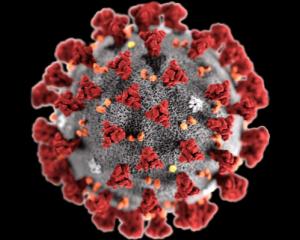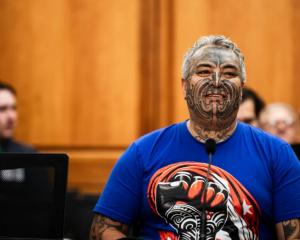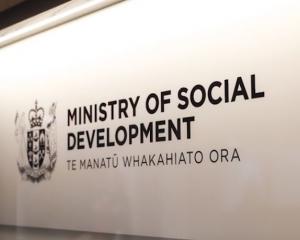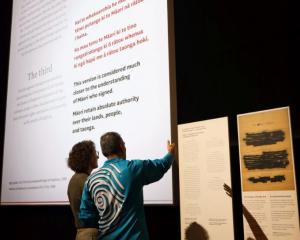A University of Otago graduate has helped discover that an existing medication might prevent breast cancer in women carrying a faulty gene.
The Medsafe-approved drug, already used to treat osteoporosis, could prove the "holy grail" in countering the same dangerous gene mutation that prompted Hollywood star Angelina Jolie to have her breasts and ovaries removed.
PhD researcher Emma Nolan, an Otago University graduate, and Australian colleagues today publish findings that could have big implications for cancer treatment and offer an alternative to the surgery that many carriers of faulty BRCA genes undergo.
The study, featuring in leading journal Nature Medicine, centres on the BRCA1 gene, which is found in all humans and normally expressed in cells of the breasts and other tissue, where they help repair damaged DNA.
If these helper genes mutate they can boost cancer risk. Affected women have a 50 to 85 per cent lifetime risk of developing breast cancer and a 20 to 40 per cent risk of ovarian cancer.
Like Jolie, whose mother and grandmother died from ovarian cancer, many women found to have the defect choose to pre-empt the threat of cancer with surgery. For young women it can mean a complete loss of fertility.
But by pinpointing the cells that give rise to breast cancers in women who inherit a faulty version of the BRCA1 gene, researchers have found the drug denosumab could prevent breast cancer from developing.
If confirmed in clinical studies, this would provide a non-surgical option for women with elevated genetic risk.
Using samples of breast tissue donated by women carrying a faulty BRCA1 gene, Ms Nolan and colleagues Professors Jane Visvader and Geoff Lindeman found cancer "precursor" cells could be identified by a marker protein called Rank.
They found these cells proliferated and were susceptible to damage to their DNA - both factors that help them transition towards cancer.
The discovery of Rank as a marker was considered an important breakthrough, because inhibitors of the Rank signalling pathway were already in clinical use.
Denosumab was already used to treat osteoporosis and breast cancer that had spread to the bone, which prompted the team to investigate what impact Rank inhibition had on the cancer precursor cells in BRCA1-mutant breast tissue.
Lab trials found it effectively switched off cell growth in the breast tissue and curtailed cancer development.
"We were so excited to observe denosumab shutting down the growth of these cells in the lab as well as significantly delaying tumour onset in lab models," said Ms Nolan, who is now now based at the world-renowned Walter and Eliza Hall Institute in Melbourne.
"These findings have huge clinical implications and represent an exciting new prevention approach that, if confirmed in clinical trials, could benefit so many women around the world who carry a BRCA1 gene mutation."
Professor Visvader said the discovery had its basis in more than a decade of investigations of breast stem cell function.
"By thoroughly dissecting how normal breast tissue develops, we have been able to pinpoint the precise cells that are the culprits in cancer formation," she said.
"It is very exciting to think that we may be on the path to the 'holy grail' of cancer research, devising a way to prevent this type of breast cancer in women at high genetic risk."
Denosumab - marketed as Prolia and Xgeva - is approved by Medsafe but isn't funded by Pharmac.
It wasn't clear how soon the drug could be used in cancer treatment if clinical trials proved successful.
Otago University BRCA researcher Dr Logan Walker said genetic screening identified hundreds of New Zealand women at high risk of developing breast cancer each year.
"This is exciting research which will not only help us better understand breast cancer but potentially offer a way to prevent the disease.
"Results from clinical trials of denosumab will no doubt be eagerly anticipated by those who may potentially benefit from this treatment."
The New Zealand Breast Cancer Foundation, with the Health Research Council and Breast Cancer Cure, is meanwhile supporting Dr Walker in a $200,000 study to develop a new method of pin-pointing those patients most likely to benefit from genetic screening of the BRCA mutations.
How it works
• Using samples of breast tissue donated by women carrying a faulty BRCA1 gene, researchers found the precursor cells to cancer could be revealed by a marker protein called Rank.
• Inhibitors of the Rank signalling pathway were already in clinical use. The drug denosumab was later shown in lab models to switch off cell growth in the affected breast tissue and curtail breast cancer development.
• This offered the potential for an effective cancer-killer that was already in use for treating osteoporosis and breast cancer that had spread to the bone.











